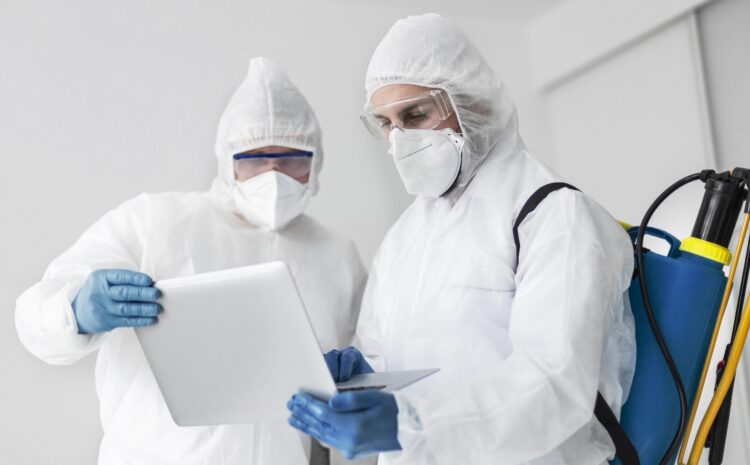
Practicing Safe Pest Control: A Guide to Protecting Your Home and Health
Pests are a common problem that can invade homes, gardens, and workplaces, causing significant discomfort and potential health risks. Effective pest control is crucial, but it’s equally important to ensure that the methods used are safe for you, your family, pets, and the environment. Here’s a comprehensive guide to practicing safe pest control.
Understanding the Importance of Safe Pest Control
Pests such as rodents, insects, and other unwanted creatures can carry diseases, contaminate food, and cause structural damage. However, the chemicals and methods used to control these pests can sometimes be harmful. Adopting safe pest control practices minimizes health risks and environmental impact while effectively managing pest problems.
Identifying the Problem
The first step in safe pest control is accurately identifying the pest. Different pests require different control methods, and using the wrong approach can be ineffective or even harmful. Look for signs such as droppings, damage to plants or structures, and actual sightings of the pests.
Preventive Measures
- Maintain Cleanliness: Regularly clean your home, particularly the kitchen and dining areas. Pests are attracted to food scraps and spills.
- Seal Entry Points: Close gaps and cracks in walls, windows, and doors to prevent pests from entering.
- Proper Waste Management: Use tightly sealed trash bins and dispose of garbage regularly.
- Water Management: Fix leaks and remove standing water where pests can breed, such as in sinks, buckets, and plant pots.
Natural and Non-Toxic Solutions
Whenever possible, opt for natural and non-toxic pest control methods:
- Diatomaceous Earth: This powder can be sprinkled around entry points and areas where pests frequent. It’s harmless to humans and pets but deadly to insects.
- Essential Oils: Oils like peppermint, eucalyptus, and tea tree have insect-repelling properties. They can be mixed with water and sprayed around the home.
- Boric Acid: Effective against ants and cockroaches, boric acid should be used in areas inaccessible to children and pets.
- Biological Controls: Introducing natural predators, such as ladybugs for aphids, can help manage pest populations.
Mechanical and Physical Controls
- Traps: Use traps to capture pests such as mice, rats, and insects. Make sure to place them in strategic locations and check them regularly.
- Barriers: Install screens on windows and doors to prevent insects from entering.
- Vacuuming: Regularly vacuuming can help reduce populations of pests like fleas and bedbugs.
Responsible Use of Pesticides
When natural and mechanical methods are insufficient, pesticides may be necessary. However, it’s important to use them responsibly:
- Read Labels Carefully: Always follow the instructions on the pesticide label. Use the recommended amount and application method.
- Choose Target-Specific Products: Opt for pesticides that are designed for the specific pest you’re dealing with to minimize collateral damage.
- Personal Protective Equipment (PPE): Wear appropriate protective gear, such as gloves and masks, when applying pesticides.
- Ventilation: Ensure proper ventilation when using indoor pesticides to avoid inhaling fumes.
Professional Pest Control Services
For severe infestations or when in doubt, consider hiring a professional pest control service. Professionals have access to advanced tools and products that are not available to the general public and are trained in safe application techniques.
Monitoring and Maintenance
Even after successfully managing a pest problem, ongoing monitoring and maintenance are crucial to prevent future infestations:
- Regular Inspections: Conduct periodic checks of your home and garden for signs of pests.
- Maintain Cleanliness: Continue practicing good hygiene and waste management.
- Environmental Management: Keep your yard tidy and free of debris where pests can hide.
Safe pest control is about finding a balance between effectively managing pest problems and minimizing risks to health and the environment. By using a combination of preventive measures, natural remedies, responsible pesticide use, and professional services, you can keep your home pest-free without compromising safety. Stay vigilant, informed, and proactive to ensure a healthy living space for you and your loved ones.
